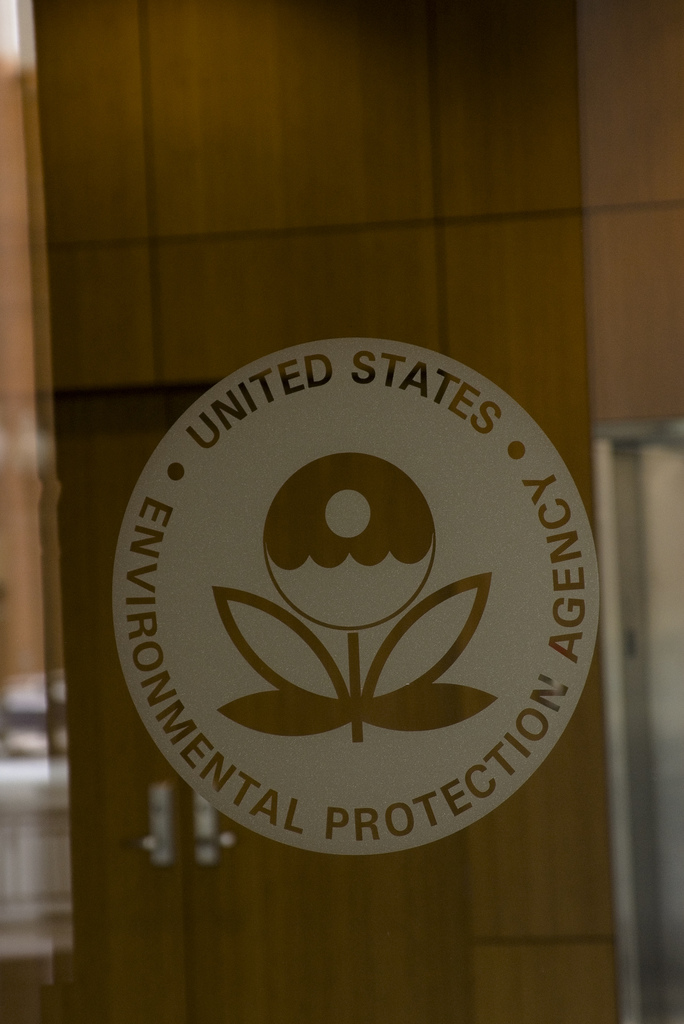
A recent update of a study conducted last year for the National Association of Manufacturers (NAM) verifies what many people feared – proposed EPA ozone regulations could be the most expensive in U.S. history, hurting businesses, workers, and American families alike.
Data compiled by National Economic Research Associates show that lowering already tight ozone standards could reduce U.S. GDP by $140 billion per year, costing our nation about $1.7 trillion from 2017 to 2040. The equivalent of 1.4 million jobs would be lost annually, with the average U.S. household suffering an $830 drop in purchasing power.
In Ohio, our Gross State Product would go down $22 billion over a two-decade period, with almost 23,000 job equivalents eliminated every year. It would cost Ohio businesses and communities $840 million to try to comply with the proposed 65 parts per billion ozone standard.
NAM president and CEO Jay Timmons reacted strongly to this news, pointing out that the resurgence of U.S. manufacturing – that is creating jobs and boosting local economies across the nation – is put at risk by this overreaching government regulatory plan. He said, “This data confirms our long-held concern that revisions to the ozone standard represent one of the most significant threats, not just to our manufacturing sector, but to our economy at large.”

The proposed change in ozone rules is particularly disappointing considering there is no real reason for the EPA to go down this road. Ozone standards already in place have done a commendable job of improving air quality – even as large parts of the country still struggle to meet them. Ozone-forming emissions are half of what they were in 1980, and if the EPA simply left existing standards alone we could expect emissions to decrease an additional 36 percent.
And the EPA can do that. Under the Clean Air Act, the EPA is required to review the standards every five years, but they are under no obligation to revise them. Leaving them unchanged would continue to protect air quality and public health, without producing devastating economic consequences.
The Obama Administration itself stopped a 2011 EPA effort to reduce ozone restrictions, and they are accepting public comments on the current proposal until March 17. Based on these latest figures, Americans who are concerned about the possible effects of lowering ozone standards should definitely make their feelings known.